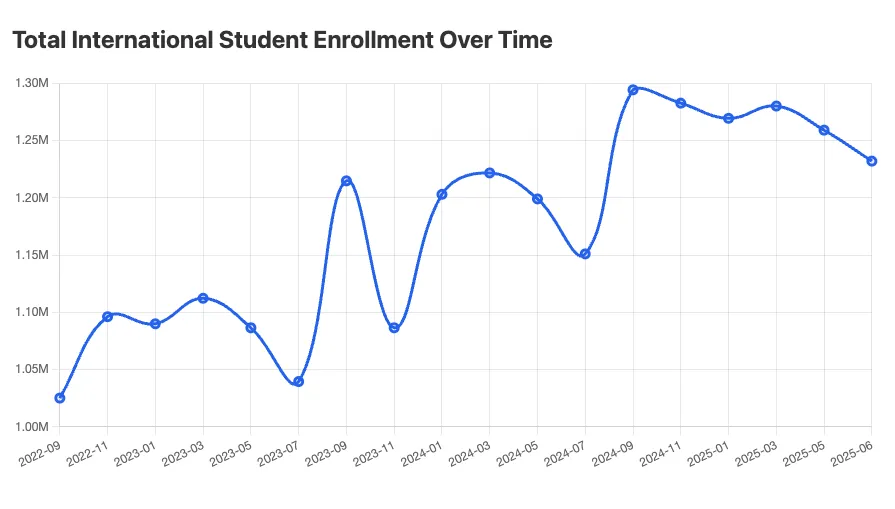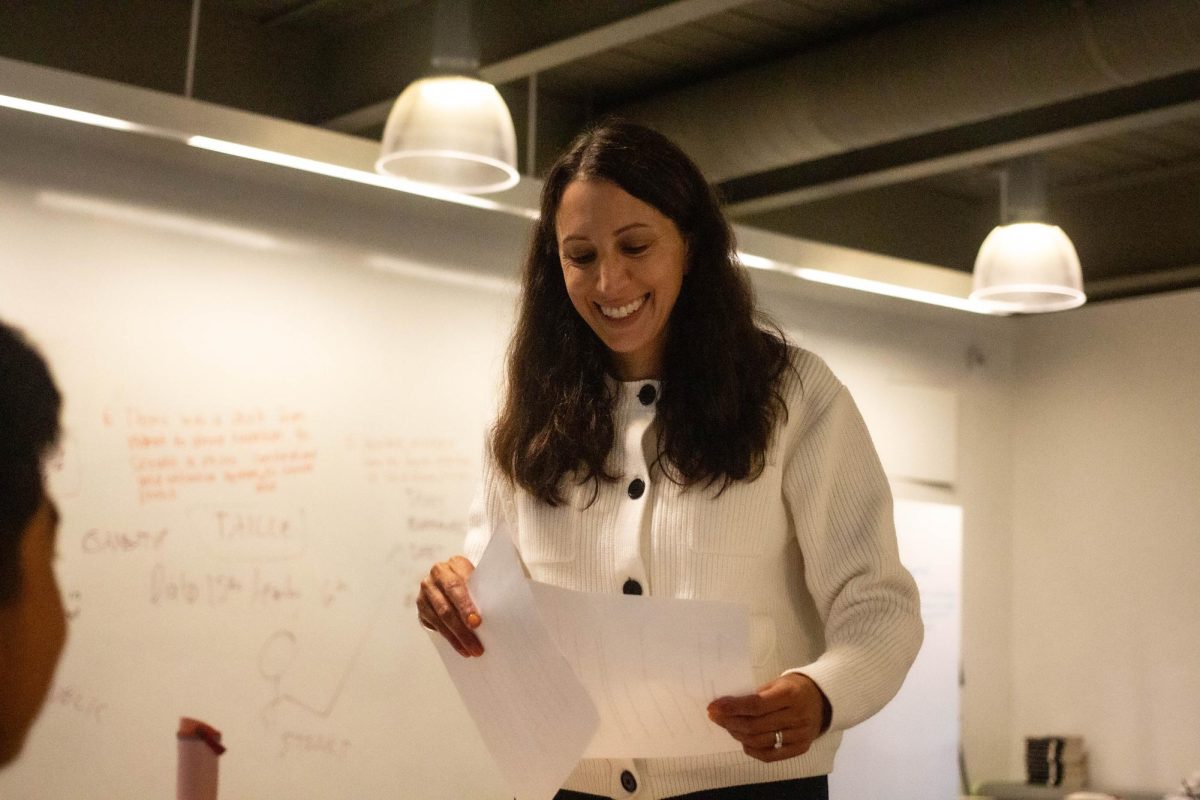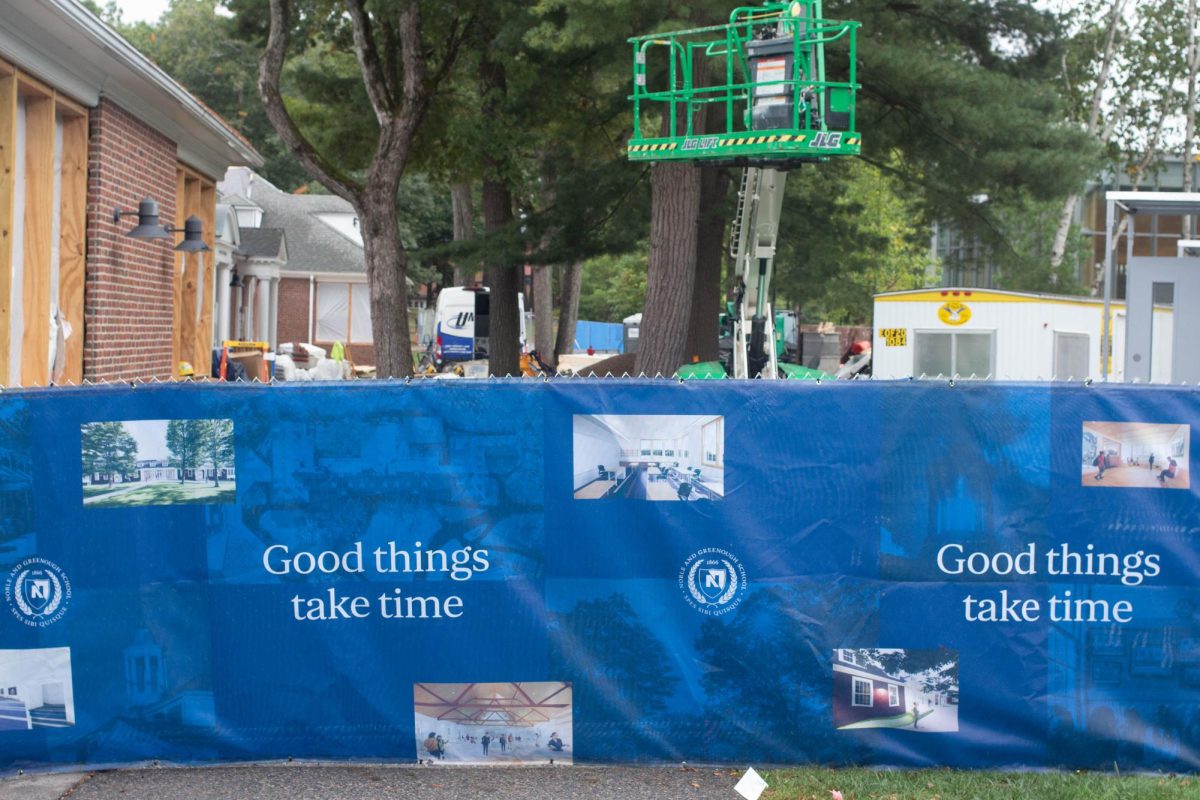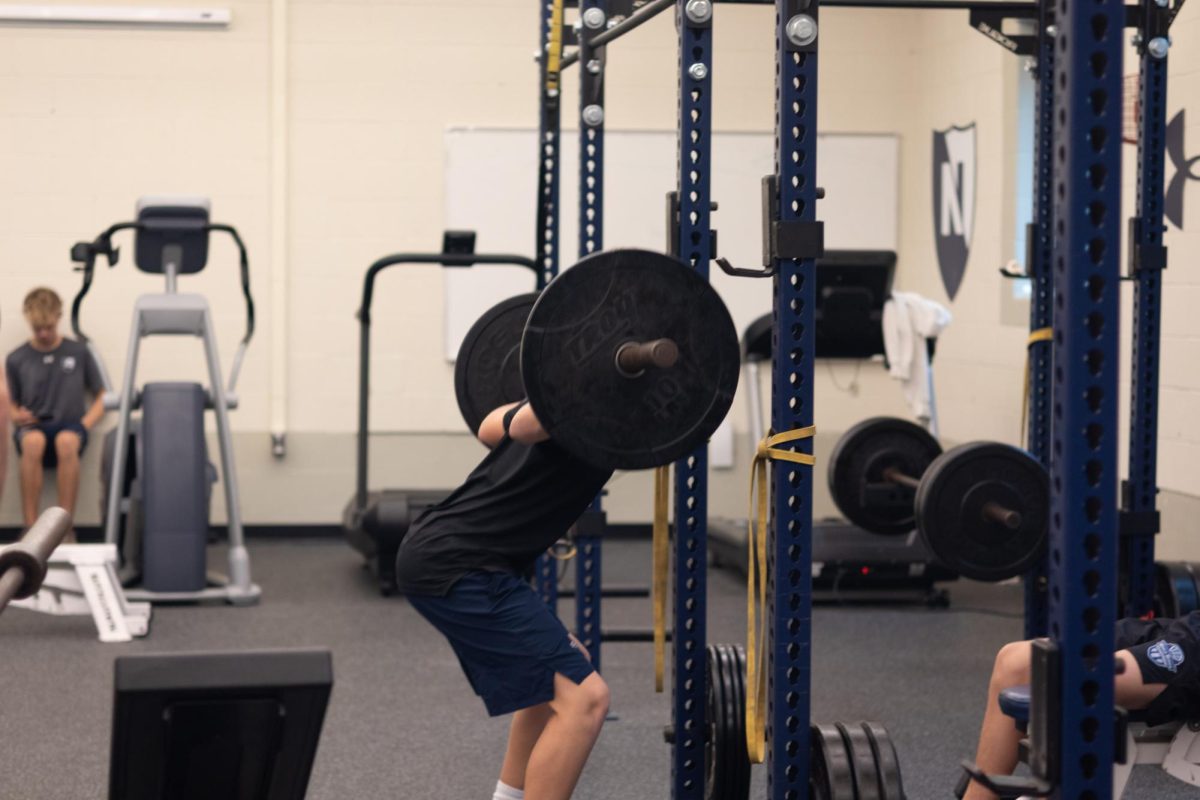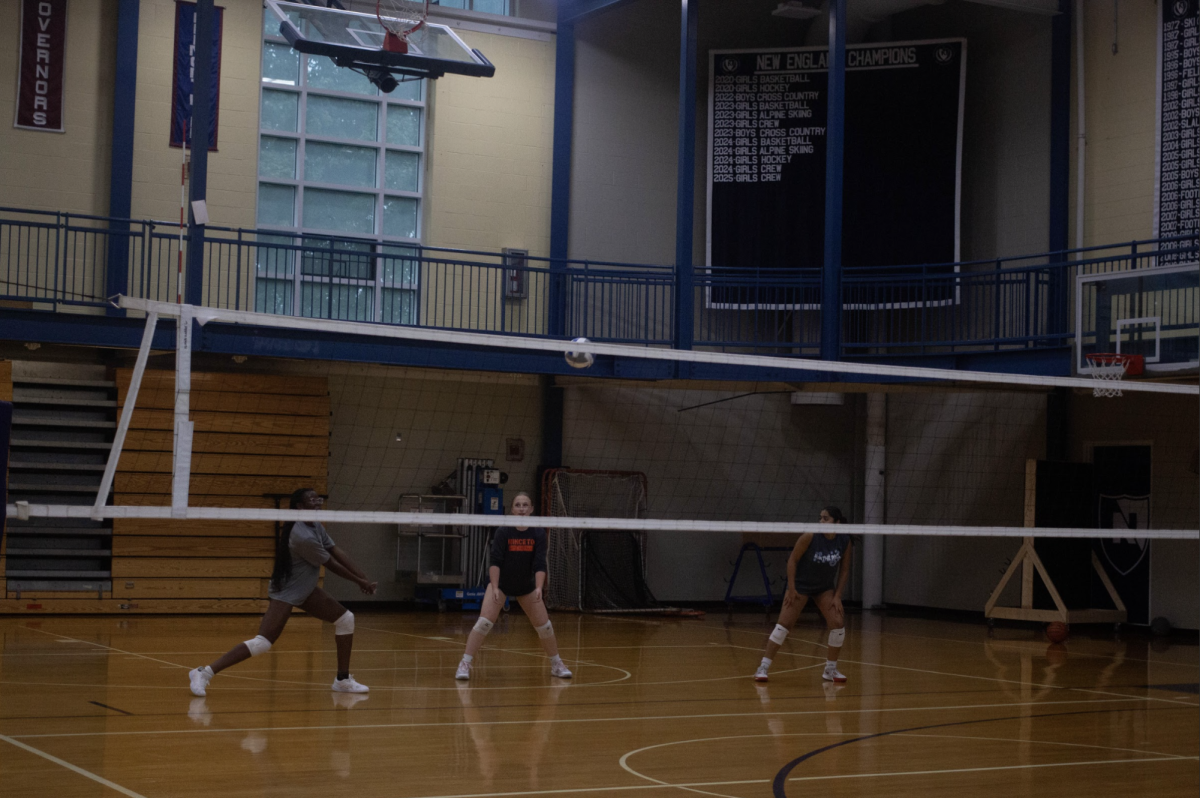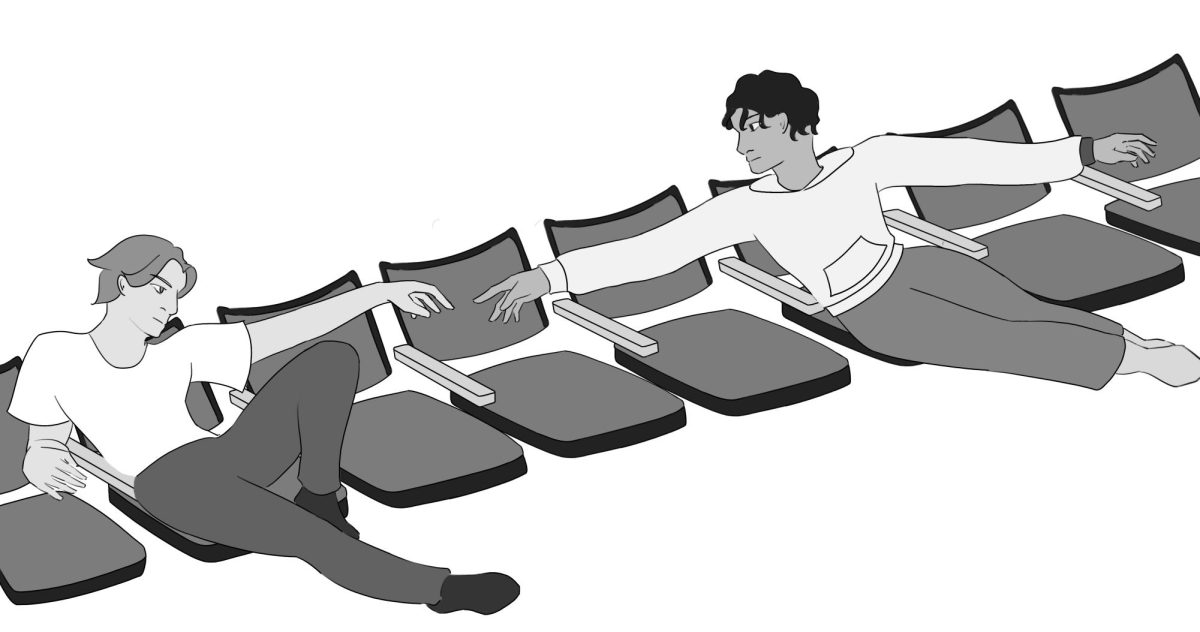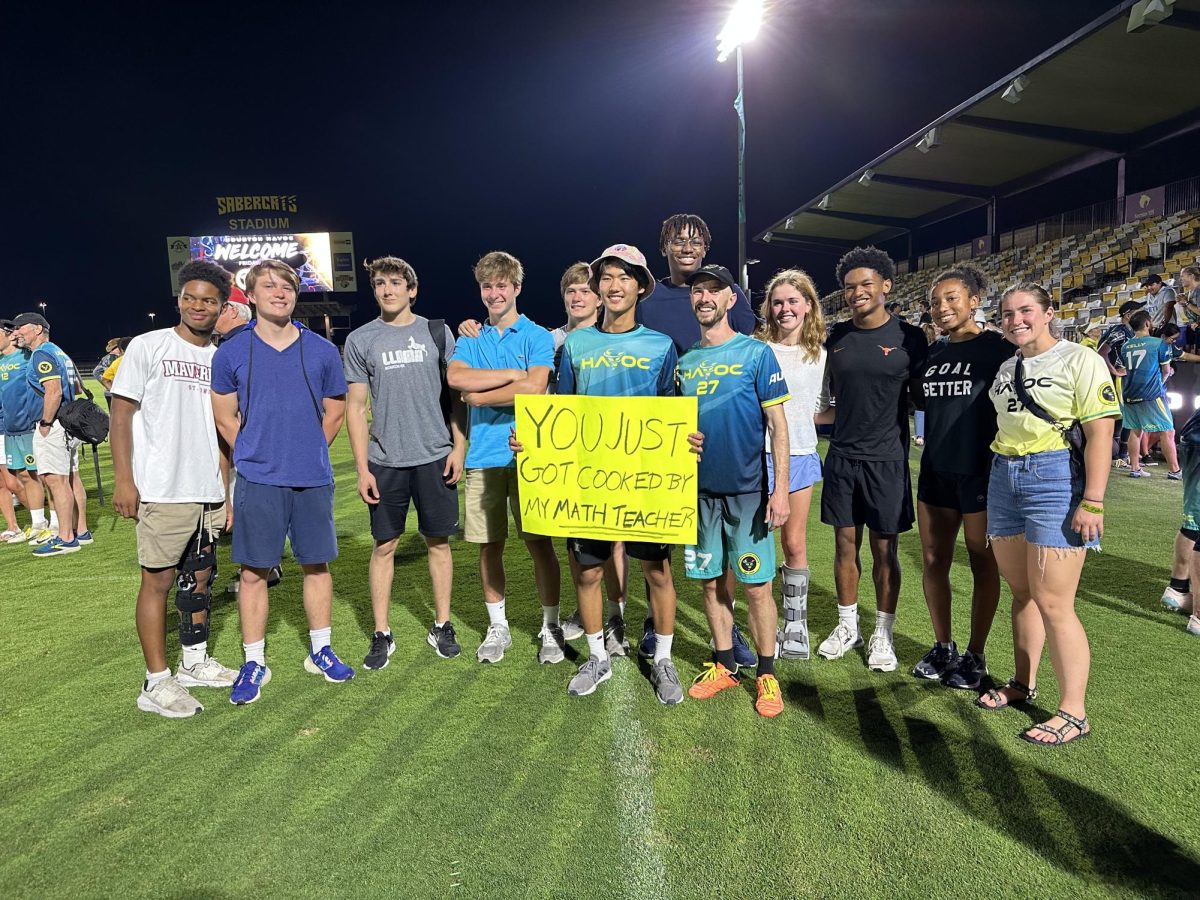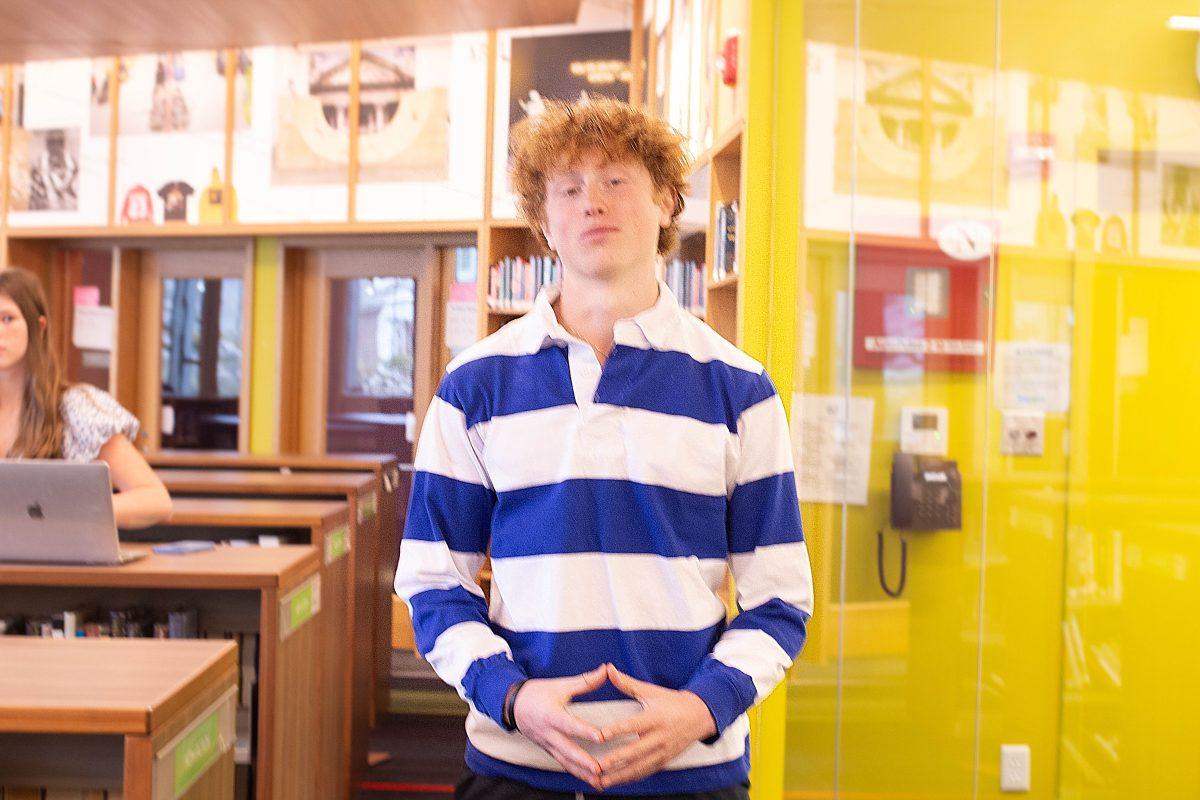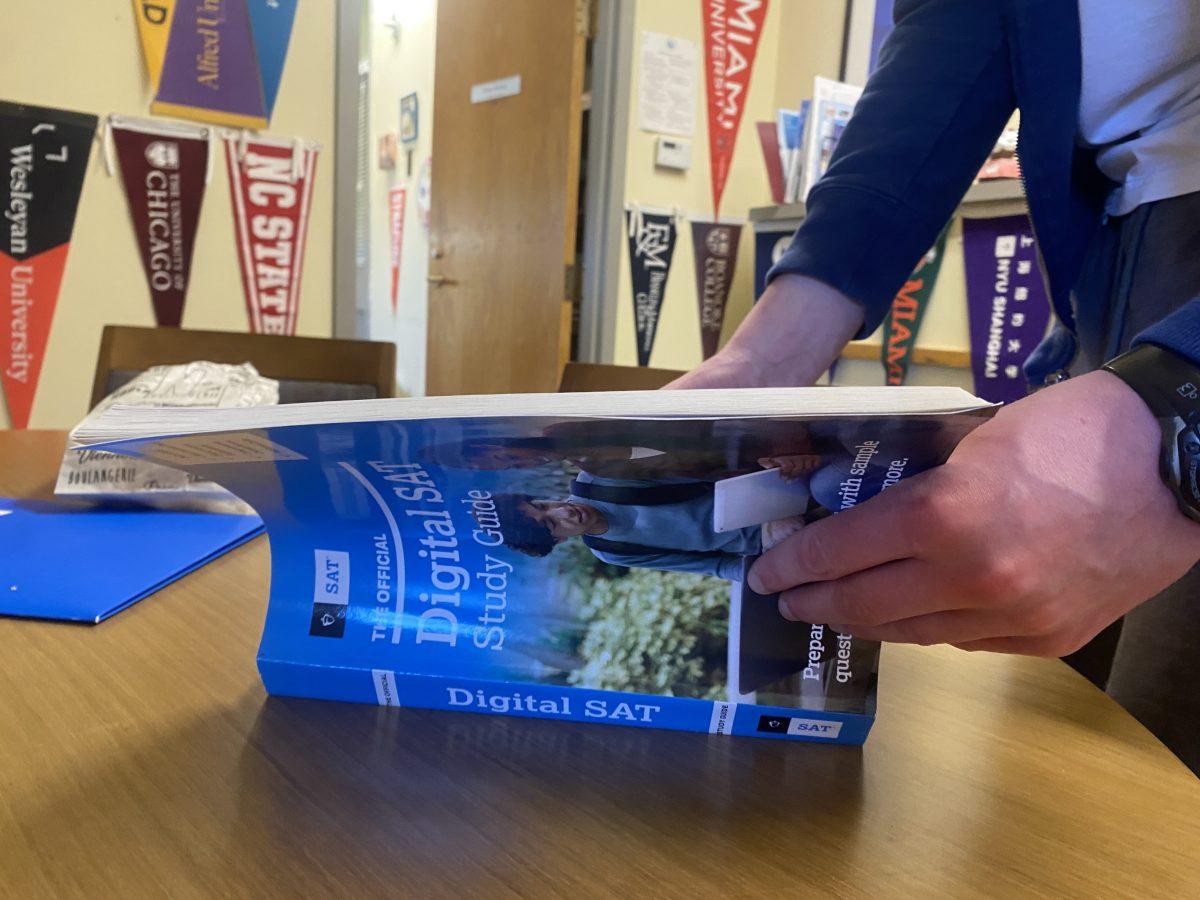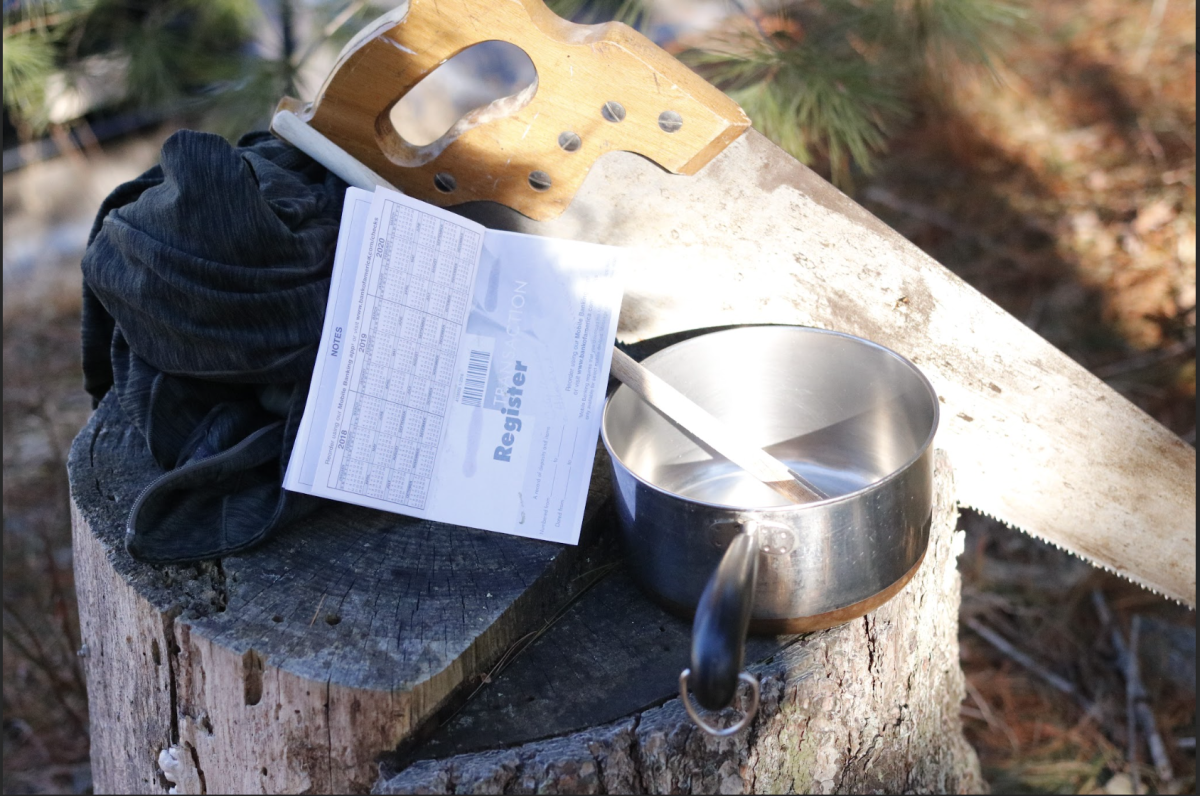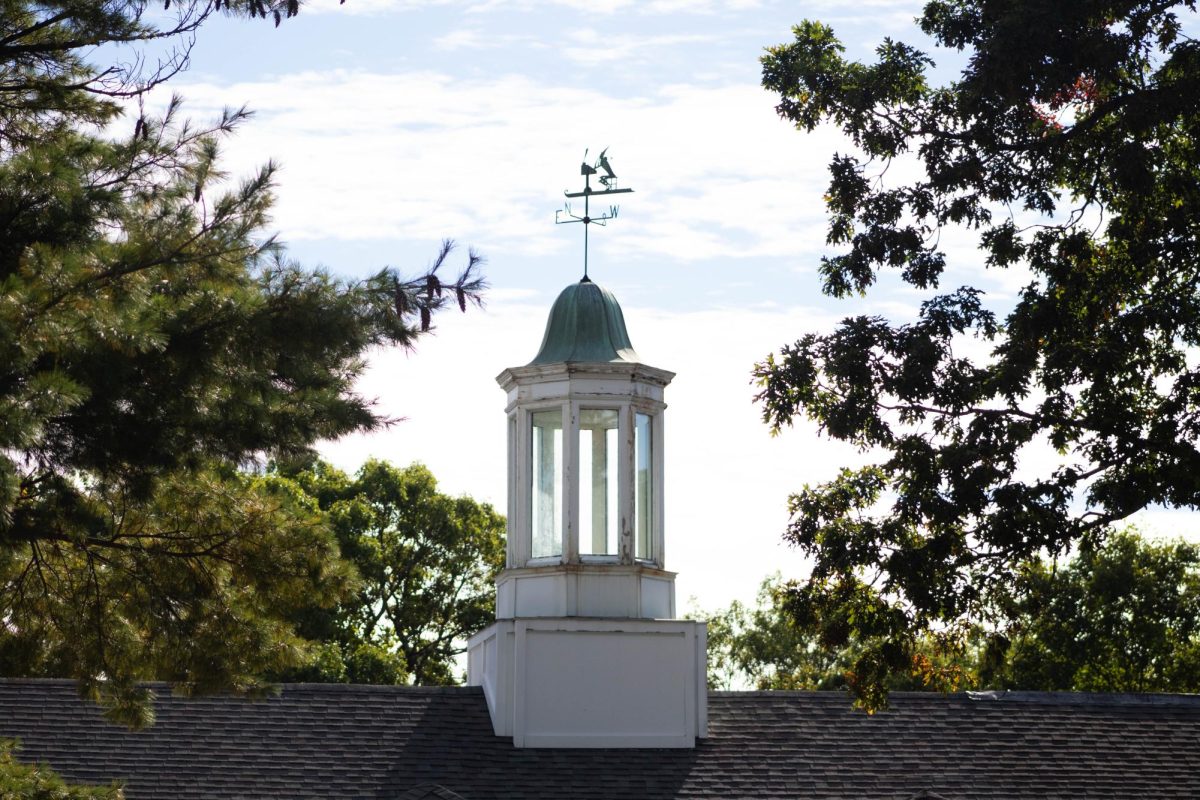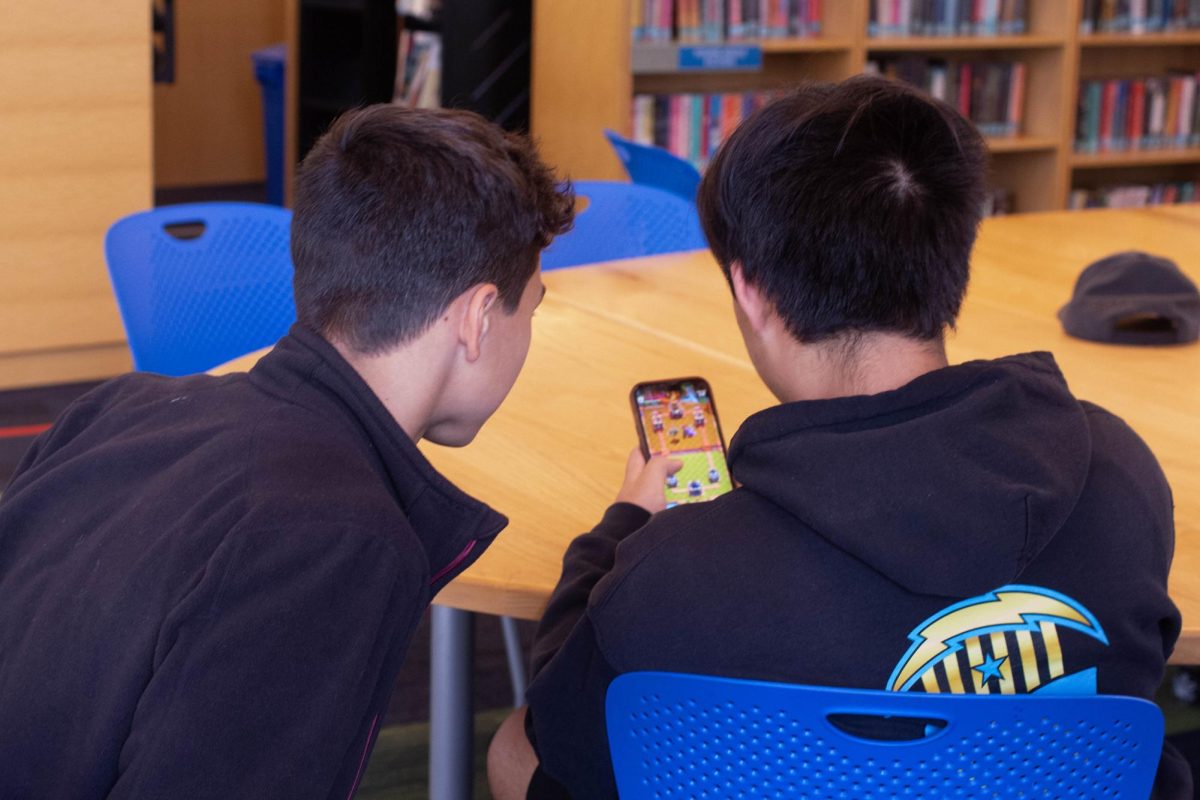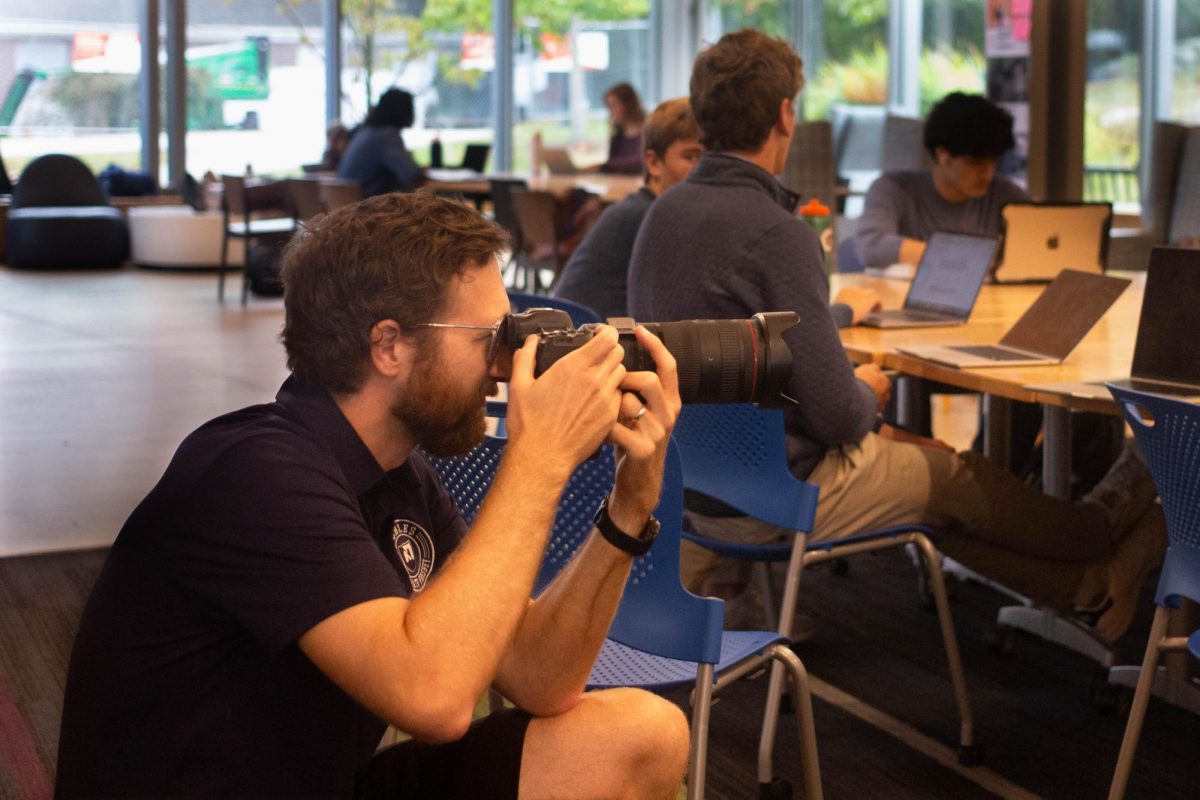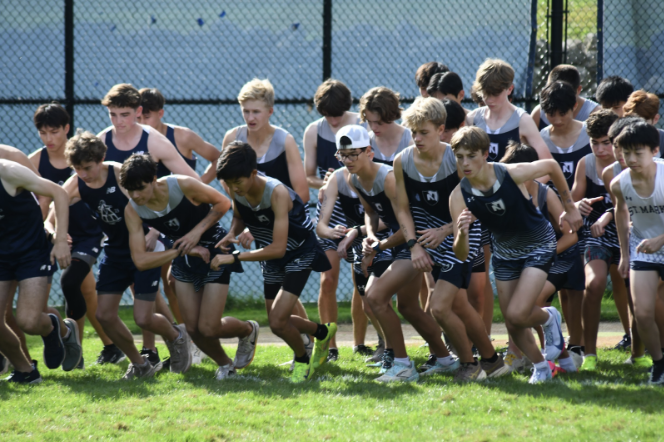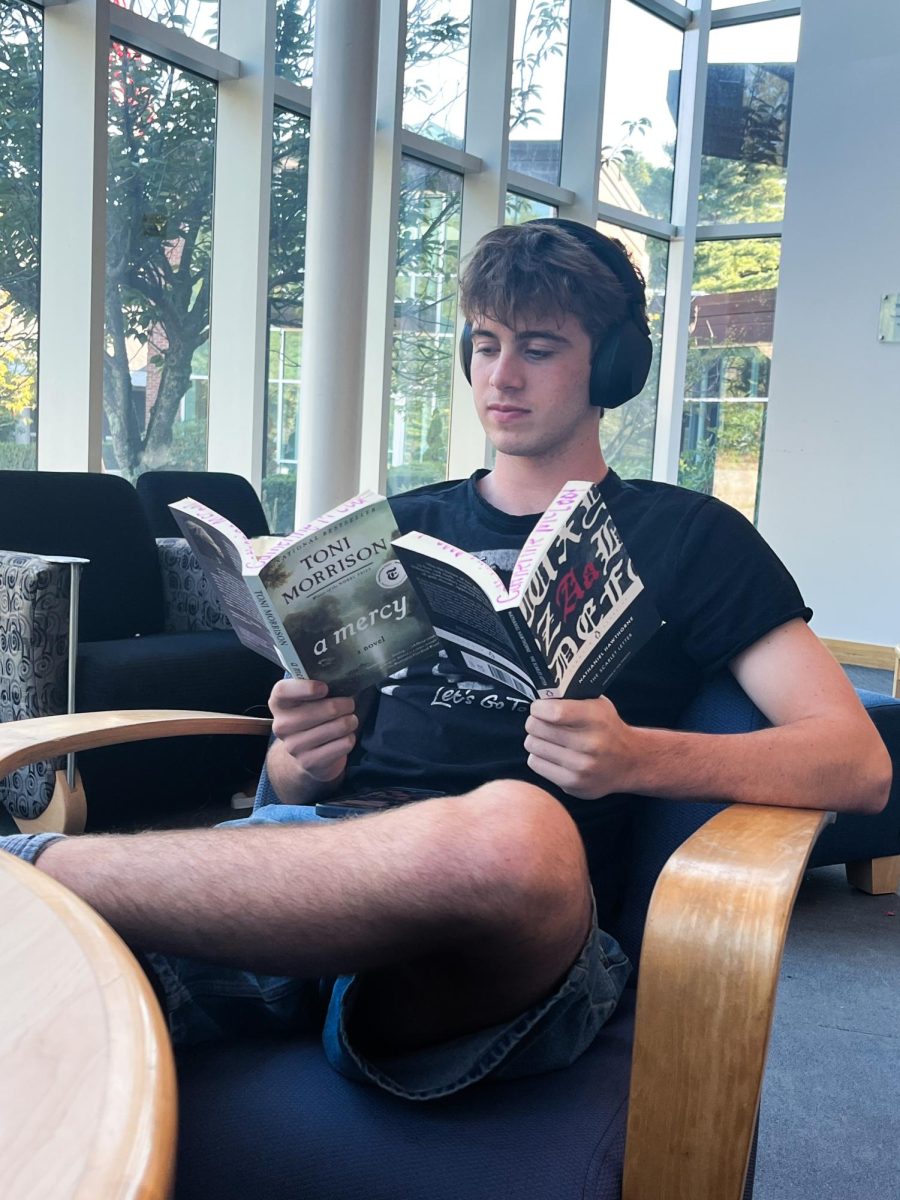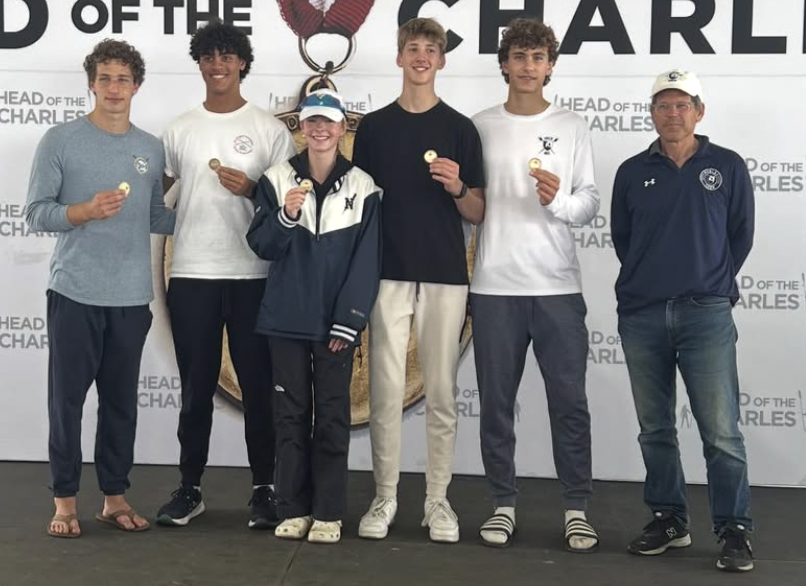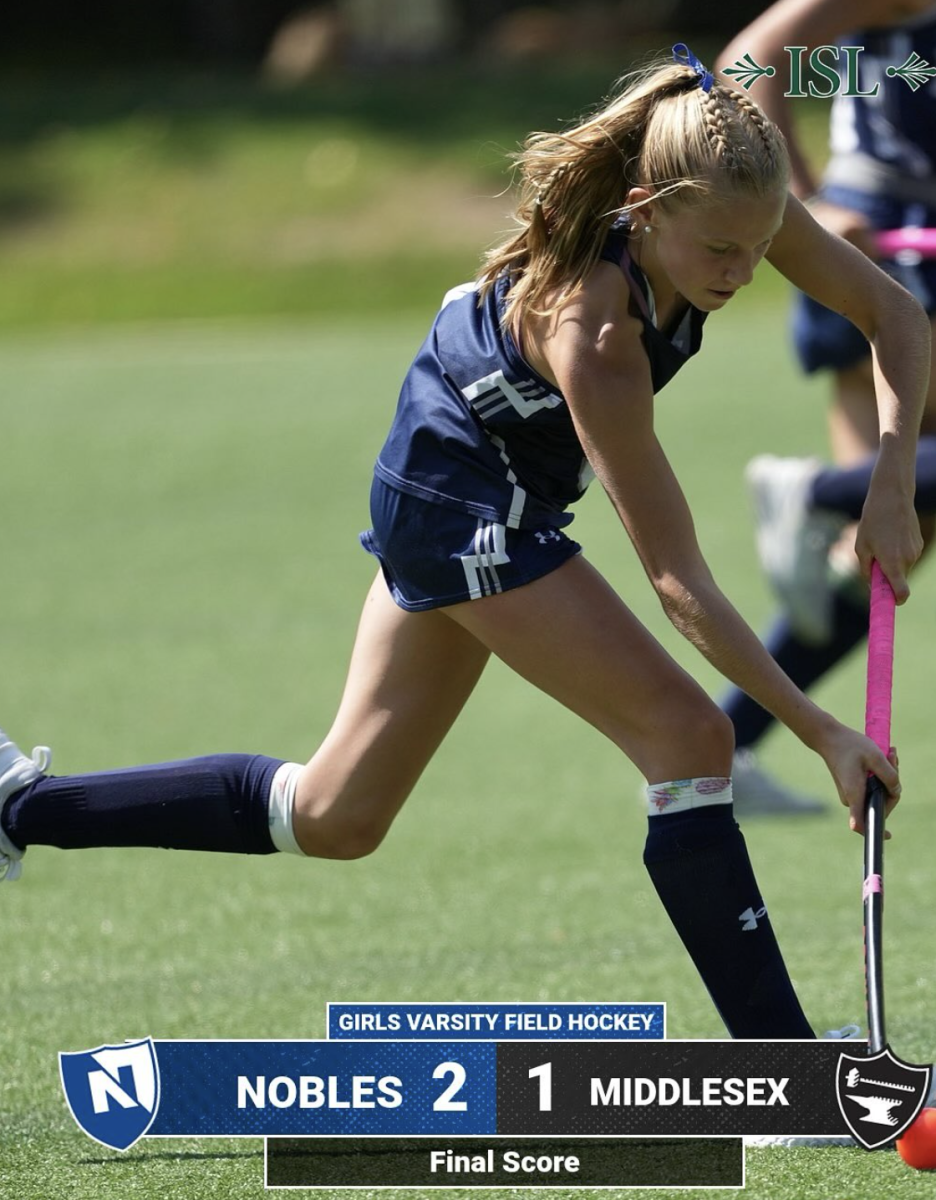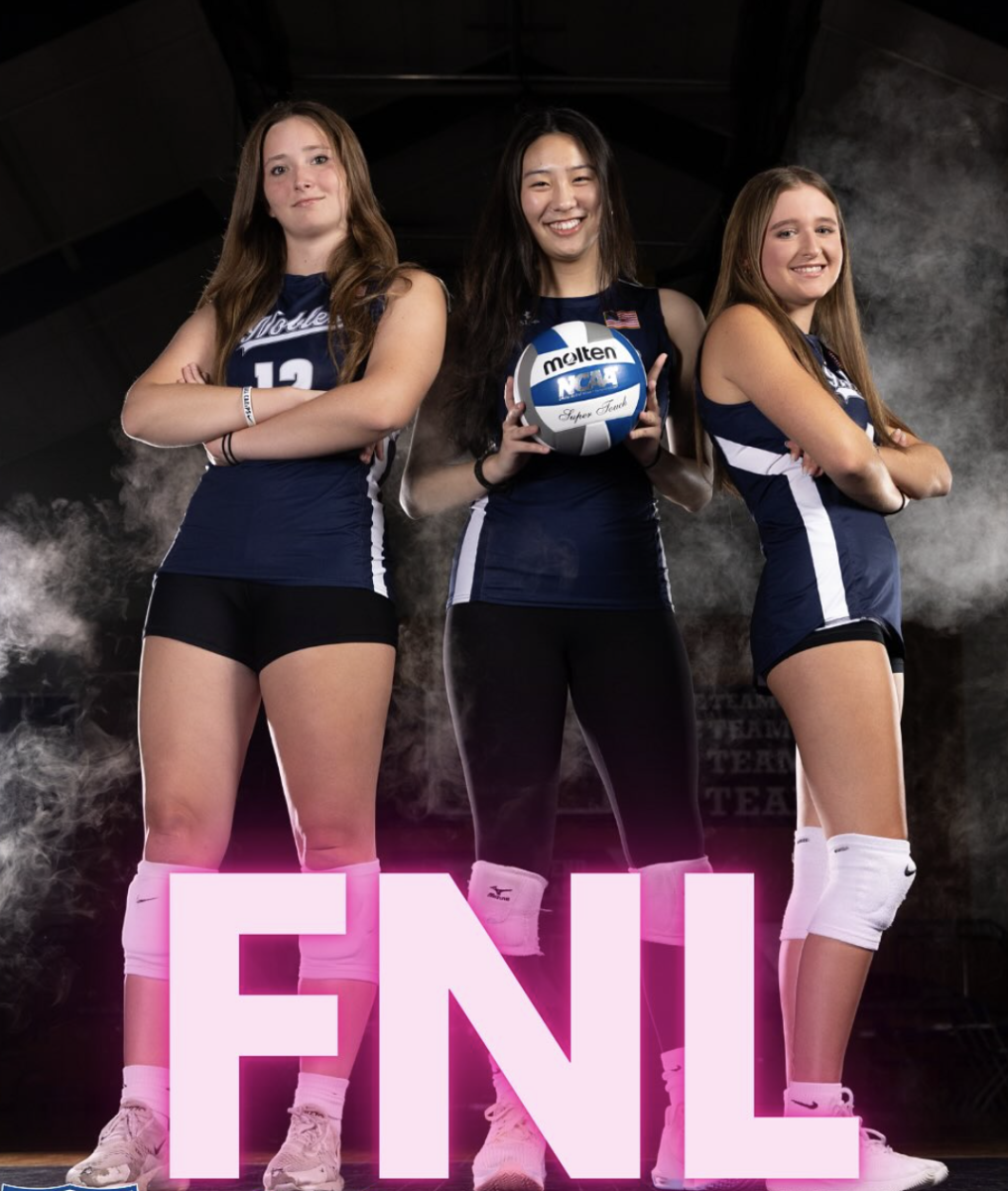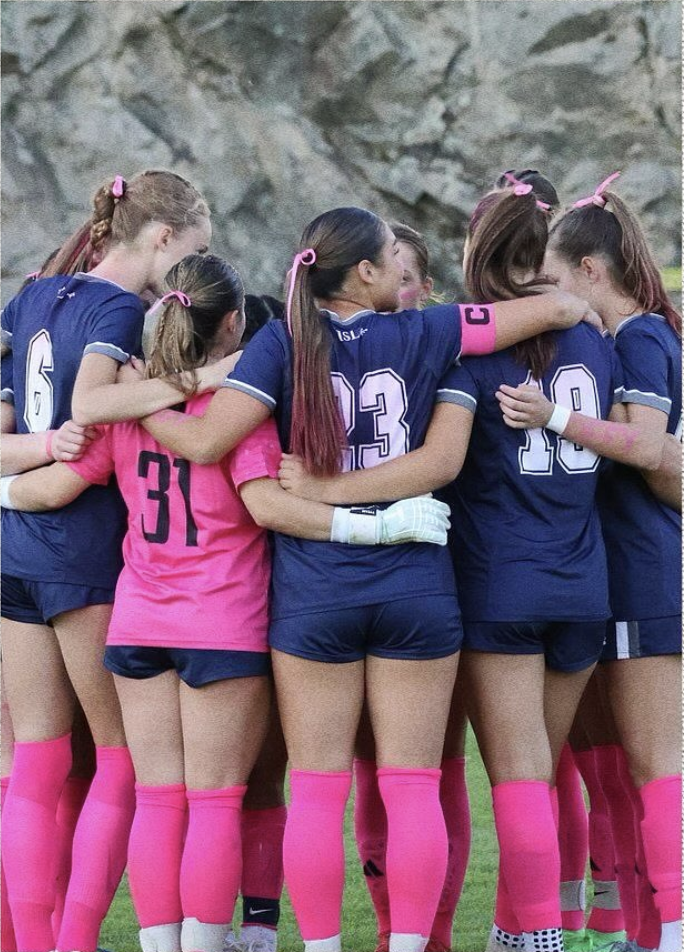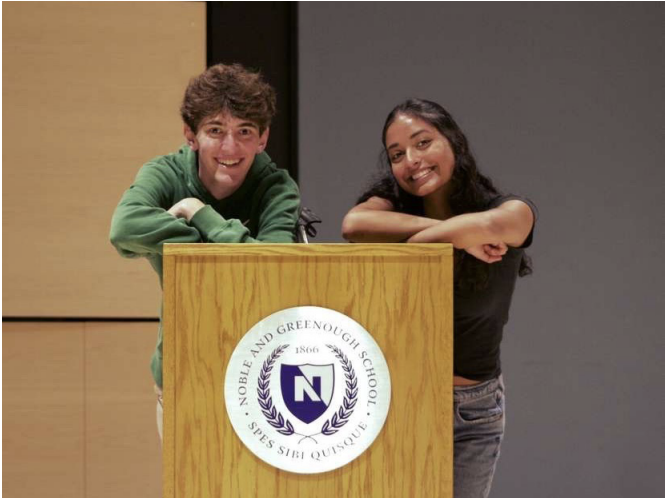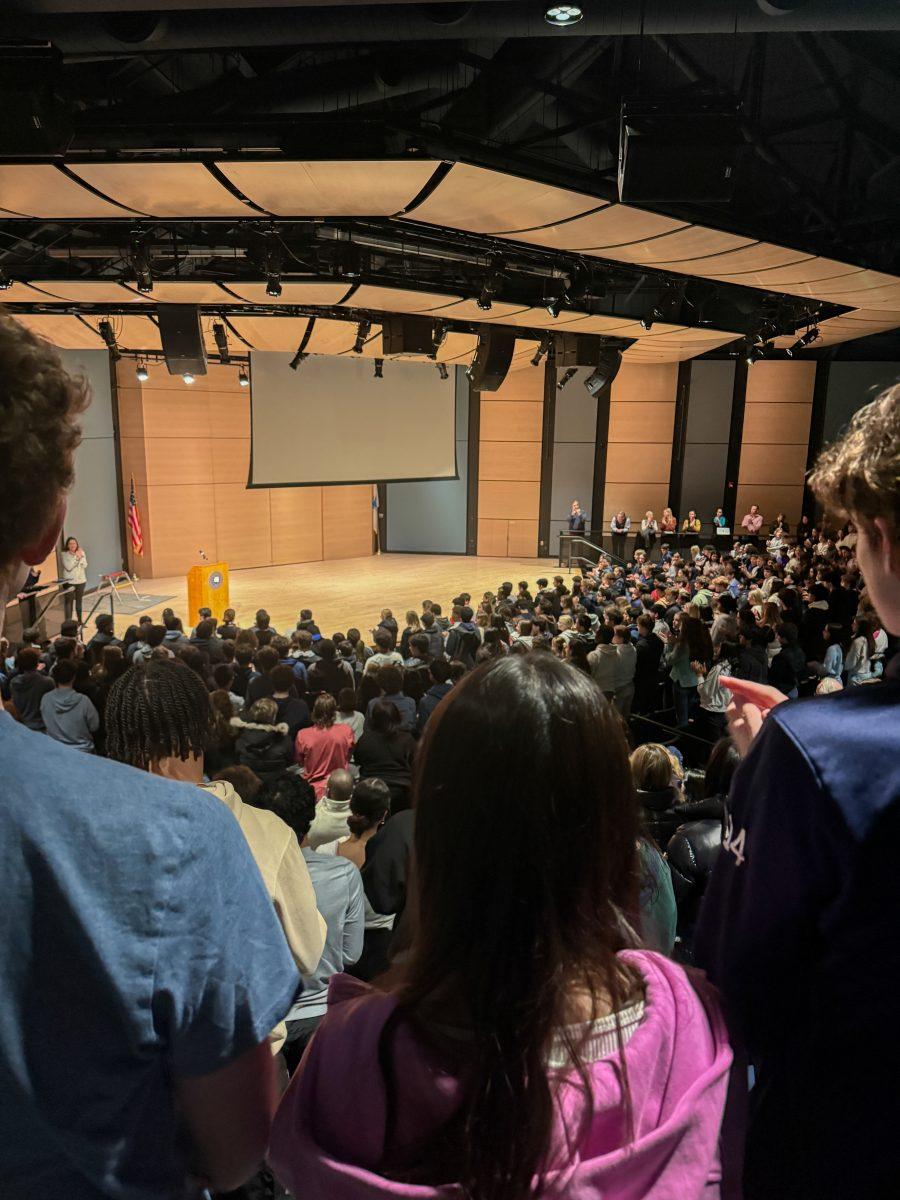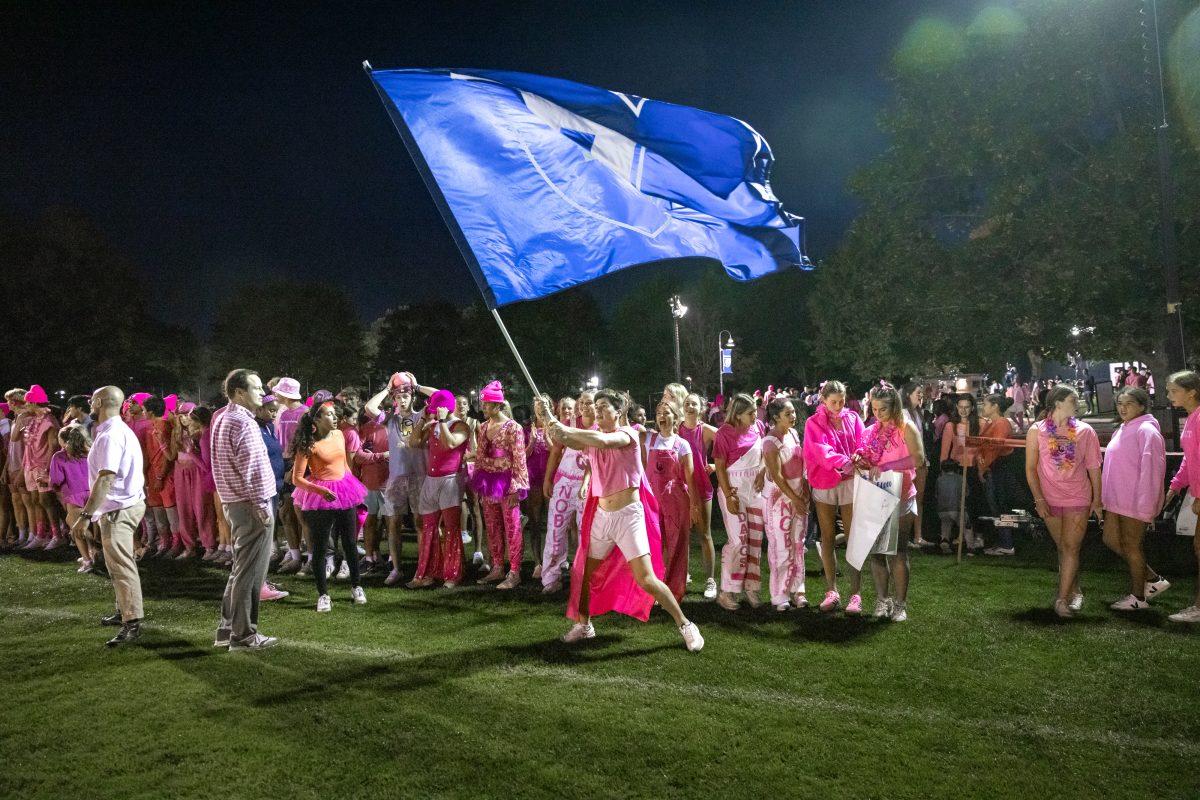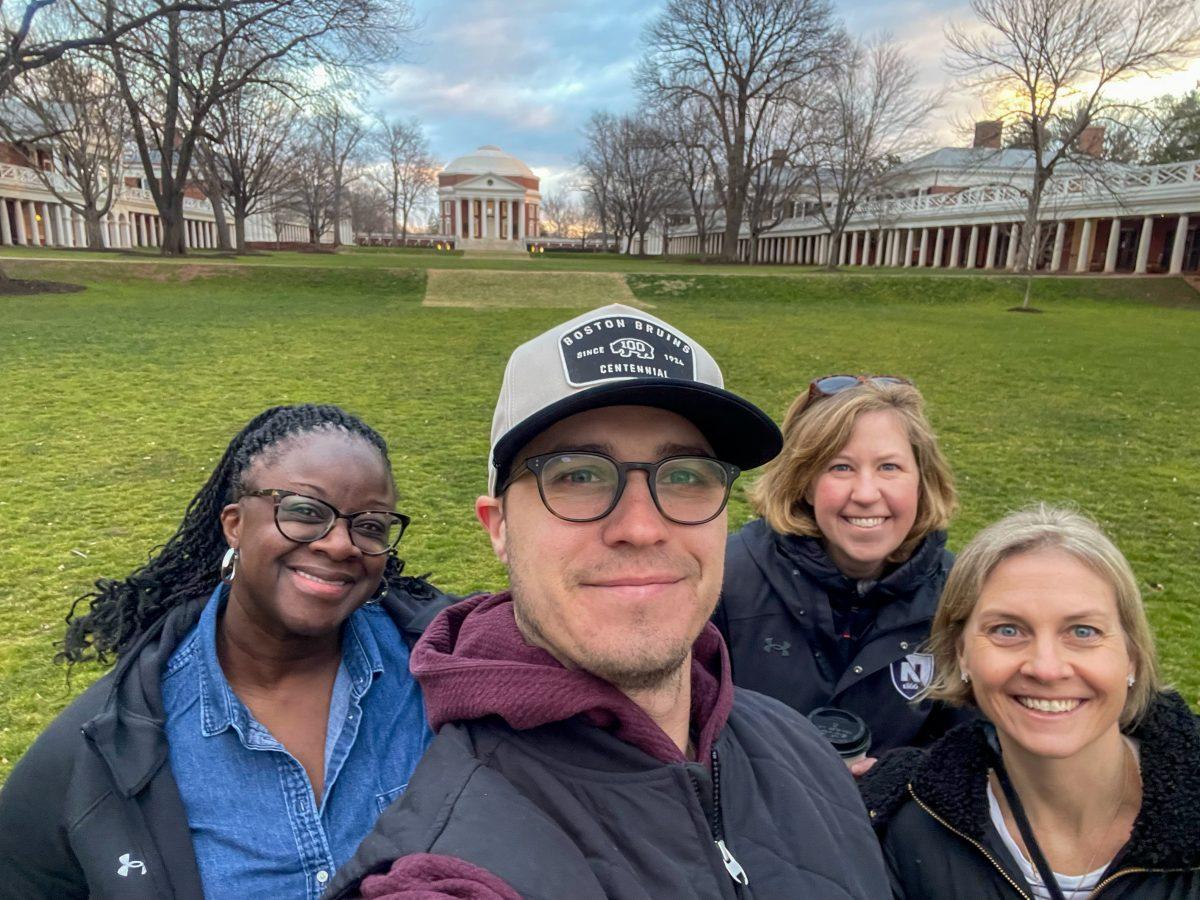Emilie Andrews, Staff Writer
March 8, 2024
When arriving at school before the sun has woefully risen, students crave the excitement of checking the Lawrence stage wings, hoping to see a sum of faces ready to give the community a warm welcome. Suppose you had the pleasure of attending assembly during the slump of December weeks before winter break. In that case, you might remember feeling terrible dismay as you realized that nearly no one was brave enough to sign up for assembly time. Despite a lack of performances, time is always filled with a random video or presentation on favorite pastimes. While getting up in assembly can often be scary, are we, as an audience, continuing to create a safe space for community members to take risks?
Current assembly performers say they often get up in assembly simply because they enjoy the experience. Amelia Simons (Class I) said, “I love singing. It’s just so fun to share something that you’ve worked so hard on with people who actually want to listen.” In addition to offering a unique chance for talented performers to share their skills, assembly is a space for silly announcements and games to kick off the morning. Co-Director of the Putnam Library Talya Sokoll said, “I like to do things that I think the community would enjoy, like the Lego Batman announcement.”
For those who don’t have a long-practiced talent to share or aren’t comfortable breaking the ice at 8:00 am, assembly is a safe place to try something new. As Head of School Cathy Hall has emphasized in morning announcements, we as an audience need to applaud and uplift all who take risks and get up in assembly. When and how audience members choose to give a standing ovation can change the culture of the space.
Many students are keenly aware that standing ovations begin in the senior section. Though it is not a “rule,” younger students have felt pressure to wait for seniors to stand up. Valeria Yepes Restrepo (Class II) said, “There isn’t any rule about younger kids not starting [standing ovations], it has just become a habit. I think underclassmen feel intimidated to start them.” Like Yepes Restrepo, Jissel Rodriguez (Class I) said, “Sometimes I have felt scared to start a standing ovation because I don’t want to be the only one standing. I think others also feel intimidated to be alone.”
Part of the anxiety over starting a standing ovation is fueled by the difficulty in determining when one is appropriate. Finding common ground about when to utilize the special applause takes time and effort. Christian Hess (Class II) said, “If everyone gets a standing ovation, there is more pressure to do something that gets the same reaction.” This can lead to an unhealthy performance environment. While there is some disagreement about when a standing ovation should be given, many students believe that the “big risk” performances and performances that require extra attention to detail or preparation deserve this special praise. Rodriguez said, “If it is clear that there was a lot of work and meaning behind a performance or Ned Talk, it deserves the extra recognition.”
Regardless of whether the community can develop official guidelines for standing ovations, all assembly audience members should feel comfortable standing in applause when they feel most compelled. Sokoll said, “It’s hard to be the only one standing up, no matter what age you are. But I think that if there is a performance that moves you to stand, you should be able to do that without the fear that others are going to judge you.”
After polling community members about the purpose of Nobles assemblies, the consensus is clear: assembly is a time for both celebration of individuals and one of the only times when the vast majority of people on campus get together and have a shared experience. Simons said, “Assembly is the one time our entire school gets to have a collective experience. A lot of people are missing that shared experience, especially in an age where everything is moving. We’re all missing a little bit of human connection, and I think assembly gives us this opportunity.”
(Photo Credit: Avery Winder)

